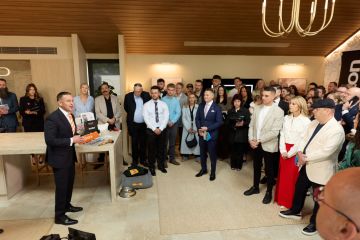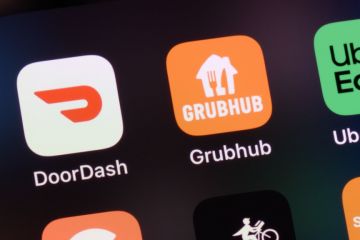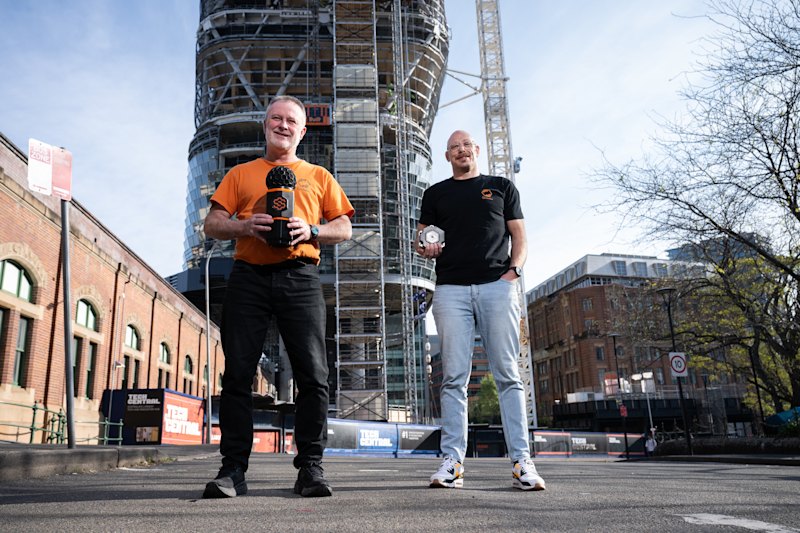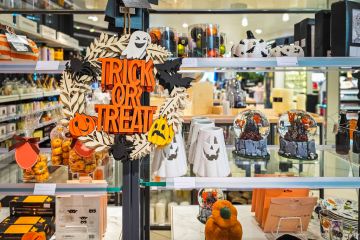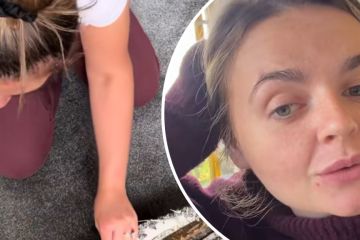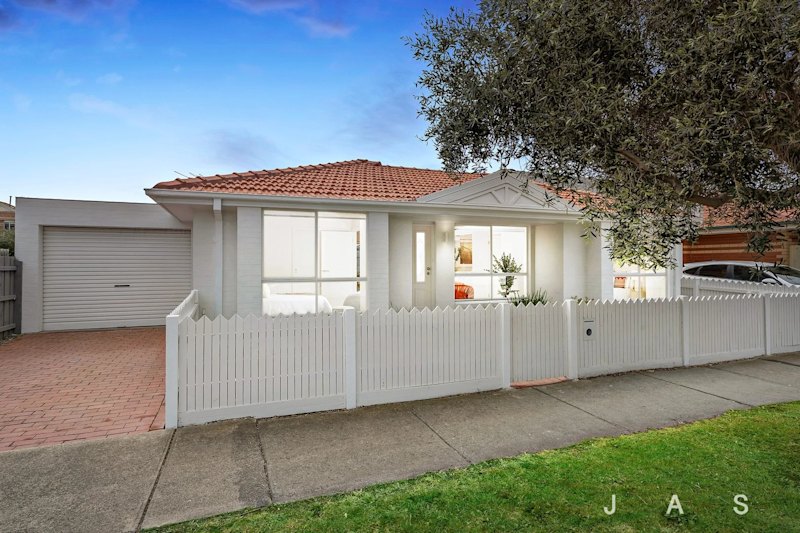The streets of Melbourne's richest suburbs where next to nothing ever comes up for sale
They are not necessarily the most expensive properties money can buy. They have far more cachet than mere $20 million-plus price tags because they are so exclusive and so beyond tightly held that virtually no amount of ready cash waved at an owner can buy them.
Let’s call the homes or estates or neighbourhoods that — saving some unforseen event — are almost never for sale, “the iron gripped property class”.
As such, they are destined to remain that home, building or special street that you can only stand in front of and fantasise about. They’ll only be your next address in your dreams, baby.
To find out where these places are, we asked some of the veteran marketers of Victoria’s top blue chip suburbs:
Gerald Betts of RT Edgar nominated the charming Victorian garden circuit of St Vincents Place, Albert Park, “and particularly the south side that comes up very rarely”, as among the most expensive real estate in Melbourne.
He also says the bay-facing Beaconsfield Parade has a number of houses that “people don’t want to let go of”. An example is an 1880s terrace on a sizable block for which the owner has been offered a ready $10 million.
“To him it doesn’t make sense to sell it and move because the value of it is there forever and he knows he can never replace it.”
- Related: Not Portsea: Where the rich go
- Related: Where celebrities live in Melbourne
- Related: Luxury suburbs Melbourne forgot
Paul Caine, of Caine East Melbourne, heard the same from the owner of a modern four-level place in Vale Street, East Melbourne, “that is bloody glorious because it has decks all looking over (Yarra) Park. It also has a basement theatre”.
Although the owner lives in France, he kept the property for a decade “because it’s fantastic and he said ‘If I let it go, I’ll never replace it'”. As it happens, said owner has lately changed his mind because the residence in one of the most coveted streets in East Melbourne – “Vale Street that has some god-damn gorgeous houses” – is about to come onto the market.
With the last sales in the park-fronting street being four to five years ago and fetching $4-$5 million then, this is definitely a sale worth watching.
Williams Batters director Philippe Batters has 45 years’ expertise in the South Yarra/Toorak precinct and, as with non-through Vale Street, says the top wish list property site in his patch, is always Fairlie Court, “a no-through road at the top of Anderson Street (beside the Botanic Gardens), and with maybe 10 properties.
“Whenever anything comes on the market there – especially on the north side, everyone’s blood pressure goes through the roof!” The number two targeted street, Batters says, is nearby Walsh Street. “But Marne Street is now starting to power up”.
If ever they peep over the listings horizon, the great beachfront estates of Portsea that have been in the $20-$25 million club for a decade, are utterly magnetic to bank and business moguls in search of the mega-status holiday pad.
But if mountain-scapes, towering eucalypts and dripping tree ferns are your go, cool and sometime snowy Mount Macedon has some lovely heritage hill stations that cost a comparable fraction, but on some streets, can be just as hard to get at.
Dominic Romeo of Unique Estates has just sold 1890 Marnanie and its established 6.4 hectare garden for a couple of million. With a provenance of having been built by the first Australian-born Governor General, Sir Issac Issacs, and in the 1990s owned by the late society florist Kevin O’Neill, the weatherboard house is on Devonshire Lane.
“Extremely tightly held, and probably the most charming street on the mountain”, says Romeo, “the lane has some of the really good estates and no one wants to give them up”.
In almost 30 years working in the ever-green market of Boroondara, Jellis Craig‘s Belinda Anderson hasn’t found out much about “who holds the palatial mansions on the huge parcels of land in Harcourt Street, Hawthorn, because they are so tightly held we’ve never been called in to (appraise) them”.
Similar, in a suburb where it’s not unusual for property to be passed down generations, (she knows of one house now in the hands of the third generation) are some of the houses in the Sydney-like, hilly streets of Studley Park, which is also an enclave of ’50s modernism.
Not close to public transport but convenient to roads leading to major hospitals, “a lot of doctors choose to live there. I’ve sold Studley Park to about six different anaesthetists in my time”, she says.
Of course there are many more examples of the super exclusive class of realty in Victoria. But don’t even think about them, because the essential meaning of exclusivity is that you can’t have it. Not for mere money anyway.
We recommend
We thought you might like
States
Capital Cities
Capital Cities - Rentals
Popular Areas
Allhomes
More
